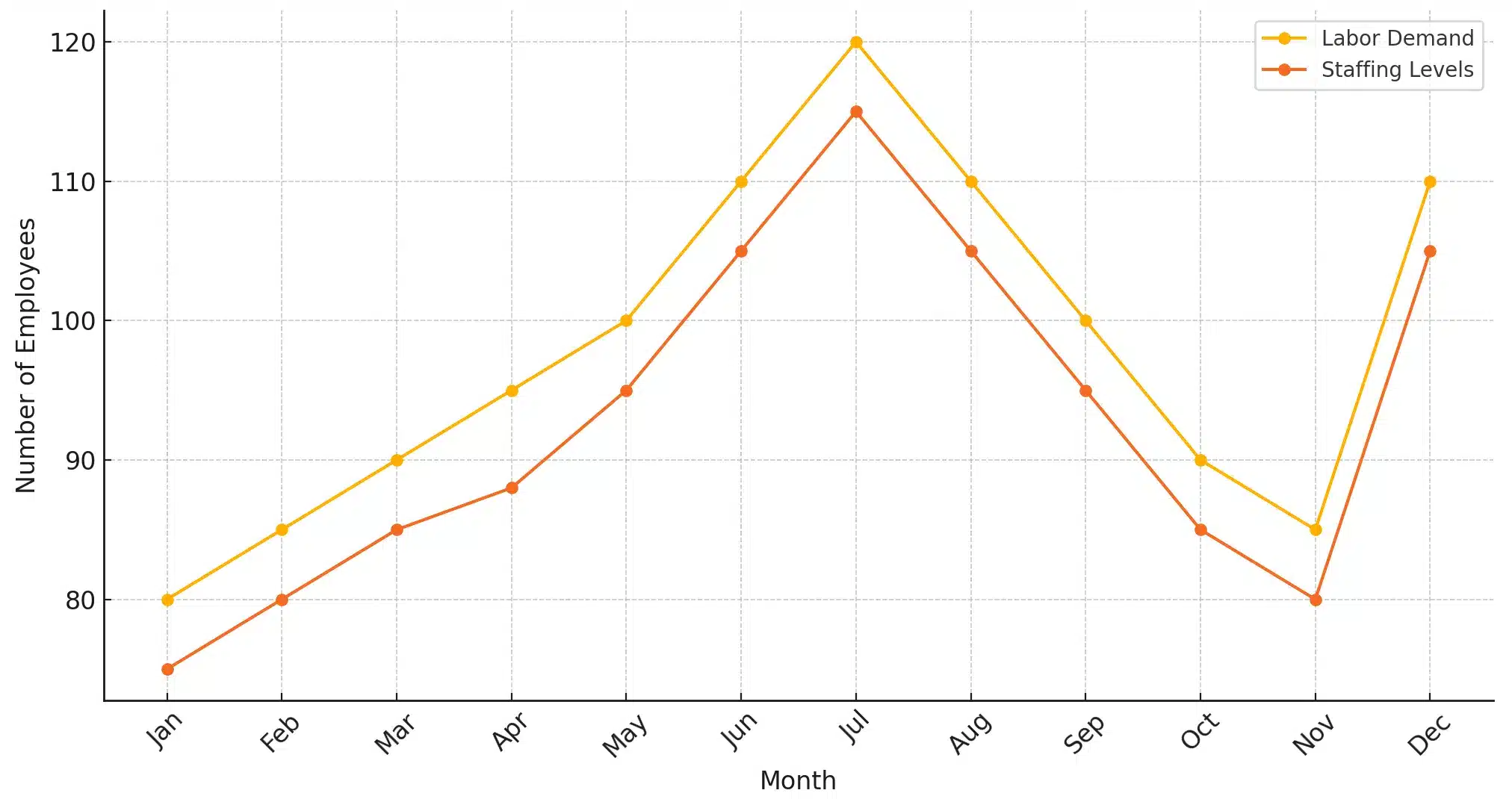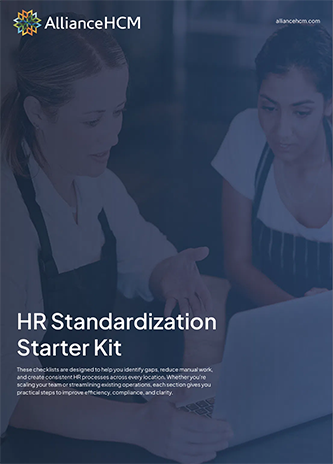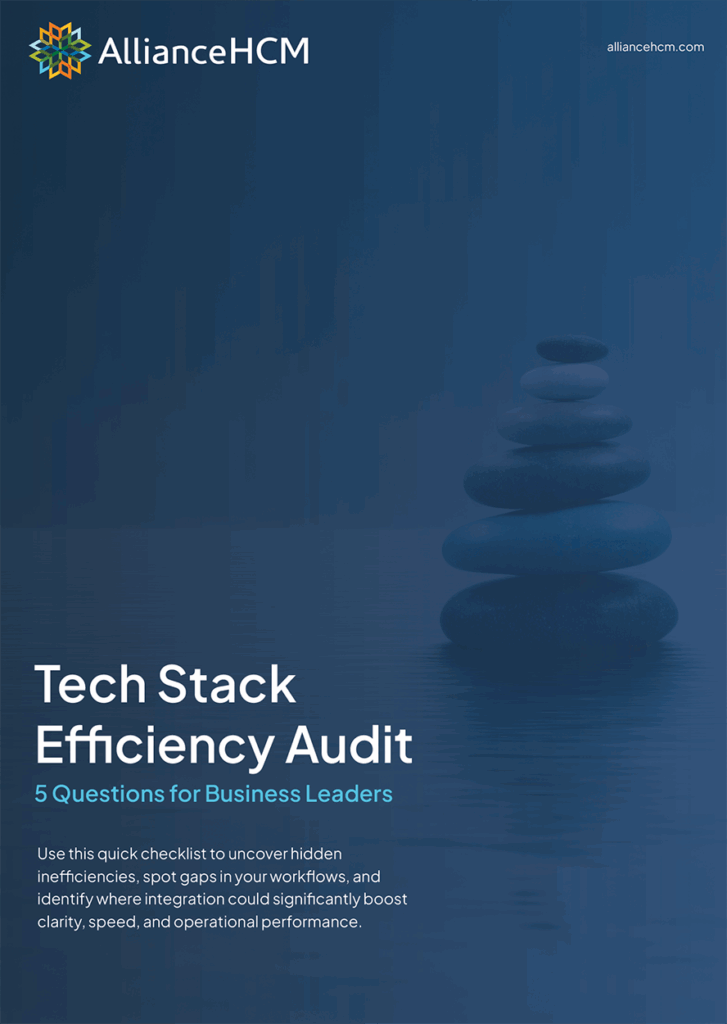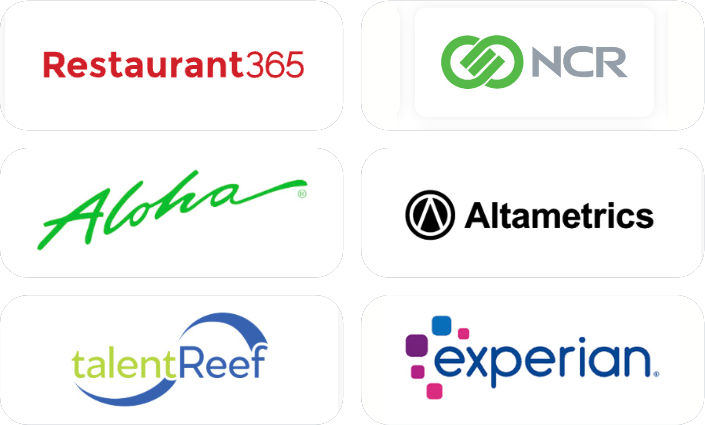Managing staffing challenges during seasonal peaks and peak hours can be particularly arduous for businesses, especially in the retail and hospitality sectors. To effectively navigate these fluctuations, it’s essential to implement robust payroll and HR strategies. Below, we offer critical considerations and solutions to help you manage these challenges successfully.
Key Takeaways
- During seasonal peaks, it’s common for businesses to face HR challenges such as workforce planning, compliance issues, and maintaining employee morale.
- Effective payroll management involves classifying seasonal workers accurately, implementing flexible scheduling, and leveraging part-time or temporary workers.
- Cross-training employees can enhance workforce flexibility, allowing businesses to respond better to fluctuating demands.
- Mobile payroll solutions can streamline the process and ensure timely payment for seasonal workers, enhancing overall efficiency.
- Identifying peak hours through real-time data and embracing cloud-based HR platforms can help streamline HR operations during high-demand times.
- Proactively ensuring compliance with labor laws helps avoid legal complications, especially when managing a large number of seasonal workers.
- To reduce seasonal staff burnout, implement employee engagement programs, effective communication strategies, and wellness programs.
- Employee recognition and incentives, along with team-building activities, can sustain morale and keep performance levels high during busy times.
Understanding Seasonal Peaks and Peak Hours
Seasonal peaks occur when demand surges due to holidays, events, or particular times of the year. For hospitality and retail businesses, this often includes summer vacations, the back-to-school period, or the bustling holiday season. Peak hours, on the other hand, are those specific daily times when customer traffic spikes, like during lunch or dinner rushes. Other sectors also experience peaks. For example, the manufacturing sector often faces peaks during high production and delivery cycles, necessitating careful workforce management.
What are the common HR challenges during seasonal peaks?
One of the significant hurdles during seasonal peaks is the administrative workload brought on by hiring temporary staff. Handling a large volume of new hire paperwork, processing payroll for short-term employees, and conducting tasks like background checks and tax documentation can become overwhelming for HR teams. These added duties often divert attention and resources from other essential HR functions. Streamlining administrative processes and exploring automated solutions can mitigate errors, save time, and ensure seamless operations, even during peak demand periods. Additionally, businesses face these challenges:
- Businesses, particularly retail and hospitality (including restaurants and accommodations), face unique HR challenges during seasonal peaks, such as handling varying staffing requirements. During busy periods like summer or the holiday season, the need for additional staff can surge unexpectedly. This rapid increase can strain existing HR processes, making it difficult to maintain service quality.
- Ensuring compliance with labor laws and regulations is another common challenge. Seasonal peaks often require hiring temporary or part-time workers, complicating payroll and HR management. Keeping track of accurate payroll, appropriate benefits, and legal work hour limits is crucial but can be daunting during busy periods.
- Employee training and onboarding are more challenging during seasonal peaks due to the surge in new hires. For example, ensuring that all employees are adequately trained to perform their duties effectively can be difficult, especially when time is limited, and the restaurant is at full capacity.
- Retention of seasonal staff is another significant issue. High turnover rates are common in the retail and restaurant sectors, and this can be exacerbated during peak seasons. Keeping temporary employees engaged and motivated is essential for maintaining service quality and reducing costs associated with constant hiring and training.
- Managing employee schedules to accommodate peak hours presents another hurdle. Restaurants, for example, often experience specific times of day with high customer demand, like lunch and dinner hours. Creating schedules that ensure adequate staffing during peak periods, while also considering employee availability and preferences, can be complex and challenging.
- Effective communication is critical during seasonal peaks but can become more difficult with a larger, more transient workforce. Ensuring all employees are informed about schedules, responsibilities, and procedural changes is essential for smooth operations, but the increased number of staff makes it more challenging to maintain effective communication.
- Lastly, maintaining employee morale and customer service standards during busy periods is crucial. The increased workload and pressure can lead to employee burnout, affecting the quality of service provided to customers. Businesses need to find ways to support and motivate their staff, even during the busiest times of the year.
“In markets driven by tourist seasons, customers tend to dwindle to a trickle in the off-season but swarm like locusts in the peak season. Such markets force quick-serve operators to construct a strategy that ensures thriving store operations amid wild swings in demand.”
— Ervin Hernandez, a Miami-area marketing leader for Domino’s Pizza (source)
Effective Payroll Management During Seasonal Peaks
1. Seasonal Worker Classification
It’s crucial to accurately classify seasonal workers to ensure correct payroll processing and avoid any legal ramifications. Misclassifying employees could lead to hefty fines and disrupt operations. Clear guidelines and consultation with HR professionals can make this process more streamlined and accurate, giving you peace of mind during the busiest times of the year.
2. Flexible Scheduling
Embracing flexible scheduling can ease the stress of fluctuating demands. Leverage software that enables employees to swap shifts or pick up extra hours seamlessly. This approach ensures there’s always enough staff during peak times without overwhelming your team. With AllianceHCM’s time management solutions, you can automate schedules and optimize staff allocation effortlessly, making shift management a breeze.
3. Part-time and Temporary Workers
Bringing on part-time and temporary workers can bolster your workforce during busy periods without the need for long-term commitments. Collaborating with staffing agencies can expedite this process, making it faster and more efficient to find the right fit for your needs. Read more about the gig economy and effective HR strategies for managing freelancers and contractors in our previous article.
4. Cross-training Employees
Cross-training your staff to handle multiple roles can significantly boost flexibility and efficiency. This tactic allows you to reassign employees to critical areas during peak times, ensuring service quality remains high and bottlenecks are minimized.
5. Mobile Payroll Solutions
In today’s fast-paced environment, mobile payroll solutions empower you to manage payroll on-the-go. These systems offer real-time updates and accessibility, enabling you to handle payroll tasks efficiently even during the busiest peaks. This flexibility can significantly reduce payroll errors and ensure your staff gets paid accurately and on time, maintaining morale and service excellence. Our mobile payroll solution, myPay, is designed to provide all these benefits and more, making payroll management seamless and user-friendly for your staff.
Labor Demand vs. Staffing Levels During Peak Seasons in QSRs: Insights from Chick-fil-A, Taco Bell, and Starbucks

Source: QSR Magizine
Quick Facts:
The quick-service restaurant (QSR) space is one example of a sector that contends with staffing challenges due to peak periods.
- Chick-fil-A reported significant growth in sales, with systemwide sales reaching $18.814 billion in 2022. This growth was accompanied by a median annual sales volume of $8.51 million per location, indicating high labor demand during peak times. (source)
- Taco Bell saw its digital business grow by 40% year-over-year in 2022, with a further 60% growth in the first quarter of 2023. This increase in digital orders required additional staffing to handle peak periods, especially during promotions and high-traffic times. (source)
- Starbucks experienced its highest ticket sales in December 2022, with significant spikes in customer traffic during peak hours. This necessitated increased staffing to manage the surge efficiently. (source)
- According to Capstone Logistics, managing labor challenges during peak seasons involves understanding fluctuations in demand and implementing flexible staffing solutions. This helps mitigate risks associated with overstaffing or understaffing during these critical periods. (source)
- RoomKeyPMS emphasizes the importance of calculating demand and revenue to determine the ideal mix of permanent and seasonal staff. This ensures that businesses do not hire too many or too few employees, which could lead to turnover or overwhelmed staff during peak seasons. (source)
Streamlining HR Solutions for High-Demand Times
1. Identify Your Peak Hours
First, analyze your business’s historical data to pinpoint the times with the highest customer traffic. Utilize point-of-sale systems, customer feedback, and traffic patterns to clearly identify when surges are likely. For example, weekends, holidays, and special events often see increased activity for QSRs, whereas hotels may see significant seasonal fluctuations.
2. Automate Your Payroll
Implementing automated payroll systems can help manage the complexities of fluctuating work hours. These systems can accurately track hours worked, manage overtime, and ensure timely and correct payments, reducing the administrative burden and minimizing errors. AllianceHCM’s comprehensive payroll solutions provide seamless integration and user-friendly features to handle such complexities with ease.
3. Proactively Ensure Compliance with Labor Laws
Seasonal peaks and peak hours often lead to increased overtime. It’s crucial to stay compliant with labor laws regarding overtime pay and employee classification. Automated systems can assist in tracking and reporting to ensure compliance. AllianceHCM’s compliance reporting system can help you stay on top of changing regulations and ensure your business remains compliant.
4. Real-time Data and Analytics
Leveraging real-time data and analytics offers critical insights into staffing requirements and payroll expenditures. By examining trends and patterns, you can make well-informed decisions regarding staffing levels, thus minimizing unnecessary labor costs while ensuring sufficient coverage during busy periods. If you’re struggling to understand your data, the AllianceHCM team provides round-the-clock human support to assist you. More information can be found here.
5. Embrace Cloud-Based HR Platforms
Utilizing cloud-based HR platforms can be a game-changer for managing seasonal staffing efficiently. These platforms offer centralized access to employee records, scheduling, and payroll management, all in real-time. By streamlining these processes, you can ensure that your team is working with the most up-to-date information. This is particularly crucial for quick-service restaurants (QSRs) and other sectors, where staff turnover can be high, and the demand for rapid onboarding and training is critical.
Tips for Reducing Seasonal Staff Burnout
1. Employee Engagement Programs
High turnover rates can be particularly harmful during peak seasons. Implementing employee engagement programs can significantly boost morale and enhance retention. By recognizing and rewarding your staff for their tireless efforts, while also providing opportunities for career growth and development, you can make a substantial difference. AllianceHCM’s employee engagement platform is packed with tools designed to foster a supportive and motivating work environment. Explore our engagement tools to see how they can transform your business.
2. Effective Communication
Open lines of communication are essential. Leveraging technology to keep your team informed about schedules, changes, and company updates can make a significant impact. Regular feedback sessions can also address concerns and enhance overall job satisfaction.
3. Wellness Programs
Seasonal peaks can be stressful for your employees. Wellness programs are an excellent way to manage stress and prevent burnout. By offering resources such as mental health support, flexible hours, and adequate rest breaks, you can ensure that your team stays healthy and motivated during busy times.
4. Employee Recognition and Incentives
Keeping morale high during demanding times is crucial. Recognize and reward your employees’ hard work through incentives such as bonuses, gift cards, or extra time off. This not only motivates your staff but also encourages them to continue performing at their best.
5. Team Building Activities
Creating opportunities for your employees to bond can greatly enhance team cohesion. Organize team-building activities or social events to foster a sense of community and belonging. This can help break the monotony of busy periods and strengthen working relationships, ultimately leading to a more harmonious work environment.
Conclusion
Managing staffing during seasonal peaks and peak hours requires a multifaceted approach. Employing flexible scheduling, optimizing payroll management, and strengthening HR practices are vital components. By leveraging technology and focusing on employee engagement and wellness, businesses can effectively navigate these hurdles, ensuring optimal performance and employee satisfaction.





